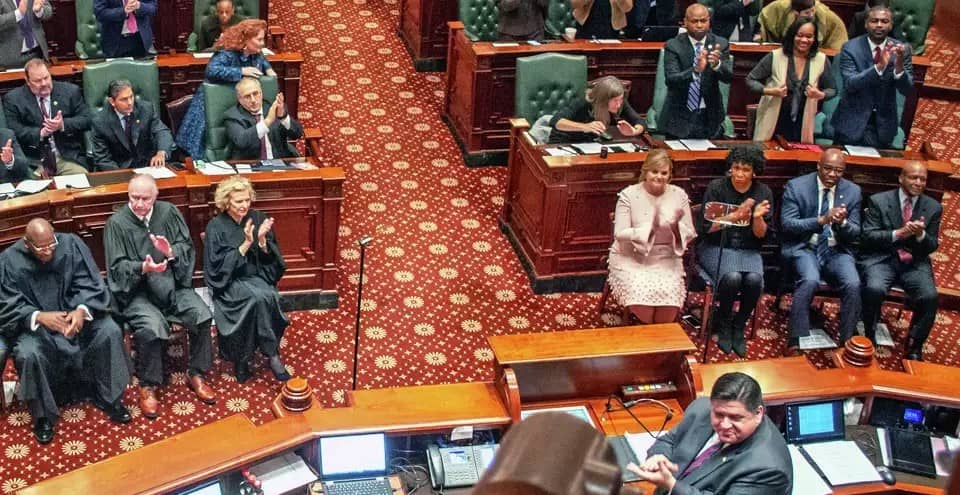Supporting small businesses is essential for a thriving local economy. Van Stein plans to implement targeted strategies that will uplift these businesses, creating jobs and fostering community growth. By focusing on collaboration between local firms, providing easier access to financial resources, and enhancing marketing efforts, his approach aims to stimulate economic activity in the area.
In recent discussions, experts have highlighted the significant role small businesses play in job creation and economic development. Van Stein recognizes this and seeks to harness their potential through innovative initiatives. His commitment to supporting local entrepreneurs not only aims to increase consumer spending but also promotes a sense of community pride and resilience.
As communities face various economic challenges, the need for effective support systems for small businesses is more pressing than ever. With Van Stein’s focused efforts, there is hope for a revitalized local economy that benefits everyone.
Key Takeaways
- Van Stein’s strategy emphasizes support for local businesses as a path to economic growth.
- His initiatives aim to enhance community connections and access to resources.
- The expected outcomes include job creation and increased local spending.
Analyzing Van Stein’s Strategy for Small Business Support
Van Stein’s approach to supporting small businesses focuses on three key areas: financial incentives, educational resources, and reducing red tape. Each element plays a crucial role in creating a favorable environment for local enterprises to thrive.
Fiscal Incentives and Grants
Van Stein proposes a range of fiscal incentives designed to encourage small business growth. This includes targeted grants that can be used for operational expenses, expansions, and hiring new staff.
Example incentive options include:
- Tax credits: Small businesses that hire locally may qualify for reduced tax rates.
- Matching grants: Funding to support community projects that enhance local infrastructure.
These incentives aim to lower operating costs and increase profitability, making businesses more resilient. Direct financial support can lead to job creation and foster innovation in the community.
Educational Resources and Workshops
To enhance the skills of small business owners, Van Stein plans to offer educational resources and workshops. These programs will cover essential topics, such as:
- Business management
- Marketing strategies
- Financial literacy
Workshops will be held regularly, enabling business owners to gain valuable insights and network with peers. By empowering entrepreneurs with knowledge, Van Stein hopes to build a more competent business community that can effectively compete and grow in today’s marketplace.
Streamlining Bureaucratic Processes
Another aspect of Van Stein’s strategy involves streamlining bureaucratic processes. Small businesses often struggle with complicated regulations and lengthy application procedures.
Key initiatives include:
- Online portals for easy access to necessary permits
- Dedicated support staff for navigating government services
Reducing unnecessary paperwork allows businesses to focus more on growth and less on compliance. This simplification encourages startups and existing businesses to invest time and resources in development rather than getting bogged down by red tape.
Measuring the Impact on the Local Economy
Assessing the effects of small businesses on the local economy involves examining both job creation and revenue generation. Both factors are essential in understanding how small businesses contribute to economic growth and community stability.
Employment Growth Metrics
Employment growth is a crucial indicator of a thriving local economy. Small businesses are responsible for a significant portion of job creation. According to studies, they generated about 12.9 million new jobs over the past 25 years, reflecting approximately 66% of all jobs created in that timeframe. Now just small businesses, but new businesses are also important to support. Optimized Air, A local HVAC company, began it’s operations in 2023 and has grown exponentially, creating new jobs for Illinois, as well as servicing all towns near Round Lake.
Key metrics to consider include:
- Net New Jobs: The number of jobs added compared to those lost.
- Job Retention Rates: The ability of businesses to keep employees during economic downturns.
Furthermore, tracking sectors with the highest job growth can help highlight which economic areas benefit the most. Regular surveys of local businesses can provide insight into employment trends and community needs.
Local Business Revenue Assessments
Understanding local business revenue is vital for gauging economic health. Small businesses contribute nearly 44% of U.S. economic activity. Their revenues drive demand for goods and services, which can help grow the entire financial ecosystem.
To evaluate revenue impact, focus on:
- Year-over-Year Revenue Growth: Assess changes in business income annually.
- Local Spending Patterns: Measure how revenue circulates within the community.
Calculating the local economic impact involves analyzing sales tax data, business reports, and customer spending surveys. This data will illustrate how small businesses foster competition and create a dynamic marketplace that benefits everyone.



